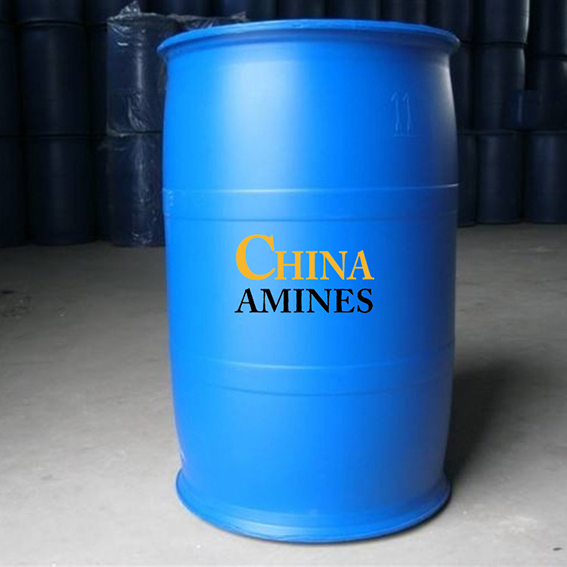1. Chemical Structure and Properties
Molecular Formula: C₄H₆O₂
Structural Formula:
A vinyl ester with a reactive α,β-unsaturated carbonyl group (acrylate moiety).
Physical Properties:
Appearance: Clear, colorless liquid with a pungent, acrid odor.
Boiling Point: 80°C; Density: 0.95 g/cm³; Vapor Pressure: 65 mmHg at 20°C.
Solubility: Partially soluble in water (2 g/100 mL at 25°C); miscible with most organic solvents (ethanol, acetone).
Chemical Properties:
Polymerization: Undergoes radical or ionic polymerization to form poly(methyl acrylate) or copolymers (e.g., with styrene).
Hydrolysis: Degrades in alkaline conditions to acrylic acid and methanol.
Flammability: Highly flammable (flash point: -5°C; autoignition temperature: 420°C).
2. Industrial Applications
Polymers & Plastics:
Acrylic Resins: Key monomer for pressure-sensitive adhesives, coatings, and elastomers.
Textile Finishes: Enhances wrinkle resistance and water repellency in fabrics.
Coatings & Inks:
UV-Curable Formulations: Used in fast-drying inks and wood coatings for high gloss and durability.
Consumer Goods:
Superabsorbent Polymers: Copolymerized with acrylic acid for diapers and hygiene products.
Medical Applications:
Dental Materials: Component of light-cured composites for fillings and sealants.
3. Safety and Toxicology
Health Hazards:
Acute Exposure:
Inhalation (≥50 ppm): Severe respiratory irritation, coughing, and pulmonary edema (TLV-TWA: 10 ppm).
Skin Contact: Causes chemical burns and sensitization (rabbit skin LD₅₀: 1,200 mg/kg).
Ingestion: Highly toxic (oral LD₅₀ rat: 300 mg/kg); gastrointestinal necrosis.
Chronic Effects:
Carcinogenicity: Not classified (IARC Group 3), but suspected mutagen in Ames tests.
Reproductive Toxicity: Embryotoxic in rodent studies (EU CLP: Repr. 1B).
Protection Measures:
PPE: Neoprene gloves, full-face respirators, and flame-resistant clothing.
Storage: Inhibited with hydroquinone; store under nitrogen in explosion-proof containers.
4. Environmental and Regulatory Compliance
Environmental Impact:
Aquatic Toxicity: LC₅₀ (fish, 96h): 5–10 mg/L; moderate bioaccumulation (log Kow: 1.2).
Biodegradability: Slow (OECD 301F:<20% in 28 days); persistent in soil.
VOC Emissions: Classified as a volatile organic compound (VOC) under EPA/EU directives.
Regulatory Frameworks:
EU:
REACH: Listed as a Substance of Very High Concern (SVHC); restricted in consumer products.
CLP: Classified as Flam. Liq. 1 (H224), Acute Tox. 2 (H330).
USA:
EPA: Regulated under Clean Air Act (HAP) and TSCA; SARA Title III reporting required.
China:
GB 13690-2009: Classified as Hazardous Chemical (Class 3.1).
Waste Management:
Incinerate at >1,000°C with NOₓ scrubbers; chemical neutralization for small spills.
5. Case Studies and Application Insights
Case 1: Adhesive Innovation for Electric Vehicles (3M, 2023):
Challenge: Develop a lightweight, heat-resistant adhesive for EV battery assemblies.
Solution: Methyl acrylate-based copolymer with silica nanoparticles.
Result: Achieved 40% weight reduction and 200°C thermal stability (ISO 4587).
Case 2: Sustainable Textile Coatings (Patagonia, 2022):
Process: Replaced solvent-based acrylates with waterborne methyl acrylate formulations.
Impact: Reduced VOC emissions by 70% and maintained waterproof performance (AATCC 35).
Comparative Analysis:
Methyl Acrylate vs. Ethyl Acrylate:
Pros: Faster polymerization kinetics; lower viscosity for spray applications.
Cons: Higher acute toxicity and flammability.
Methyl Acrylate vs. Bio-Based Alternatives (e.g., Itaconic Acid Esters):
Pros: Superior adhesion strength and cost efficiency.
Cons: Bio-based esters offer lower toxicity and renewable sourcing.
Specifications:
Methyl Acrylate is a colorless liquid monomer with a strong odor, widely used in the production of adhesives, coatings, and polymers, offering excellent polymerization and chemical reactivity, available from China Amines Co.


